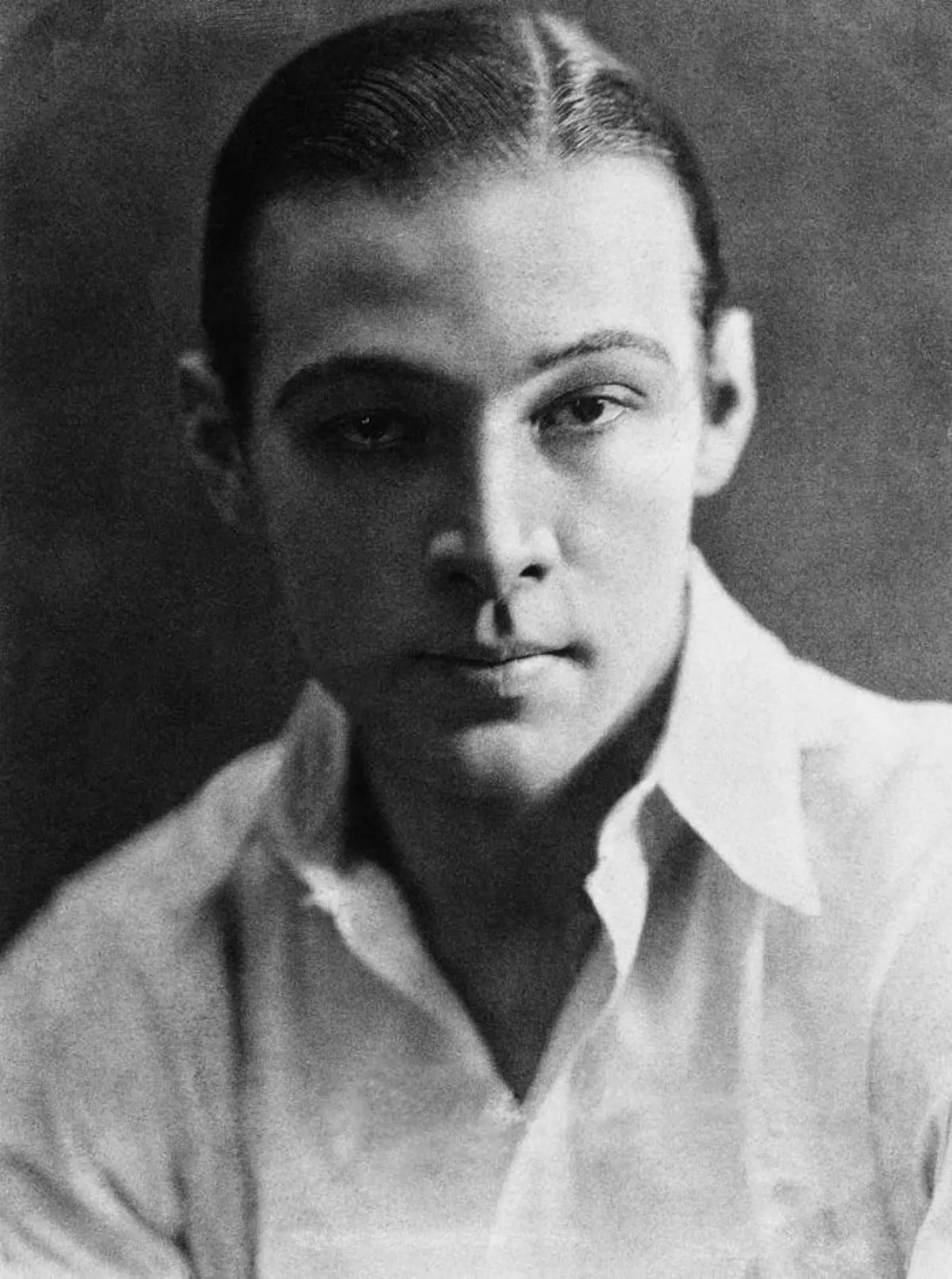 1.
1. Rodolfo Pietro Filiberto Raffaello Guglielmi di Valentina d'Antonguella, known professionally as Rudolph Valentino and nicknamed The Latin Lover, was an Italian actor who starred in several well-known silent films including The Four Horsemen of the Apocalypse, The Sheik, Blood and Sand, The Eagle, and The Son of the Sheik.